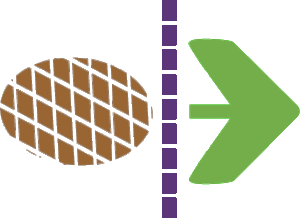Beaver, Wampum, Hoes at 16 Beaver

Beaver, Wampum, Hoes at 16 Beaver
What: presentation / discussion
Where: 16 Beaver Street, 4th floor
When: Friday Night 1.09.08 @ 7:00 PM
Who: Open To All
This week we’re excited to begin 2009 with an event that takes up the 400th anniversary of Dutch colonialism in what we now know as New York City. This event also arrives, with more specificity, as the long-awaited answer to the origins of the Beaver in Beaver Street. So, we welcome Renée Ridgway and Sal Randolph, two artists/other professional things who have been a part of past discussions and events at Beaver, as well as welcome back David Graeber, to discuss research, concepts, and projects addressing the historical transformation of gift economies into commodity economies, including debt, that made capitalism possible. Finally, it should be made clear that all of this work seeks to address contemporary New York and beyond by thinking through the current financial crisis, debt economies, and alternative systems of value.
Beaver, Wampum, Hoes
On April 4, 1609 Henry Hudson set sail from Amsterdam on a Dutch ship under the auspices of the Dutch East India company in order to find a passage to Asia. Instead he founded a settlement (West Indian Company) for the Dutch on the tip of Manhattan (National Museum of American Indian, near Beaver Street), a trading post exporting beaver pelts back to the old world because it was fashionable to make hats out of them. The company exchanged Europan goods (hoes, kettles, etc.) for wampum with the indigenous population living on Long Island, the Narragansett. They then traded the acquired wampum for beaver pelts with the Mohawk, part of the larger Haudonausaunee (Iroquois Confederacy) or Six Nations.
